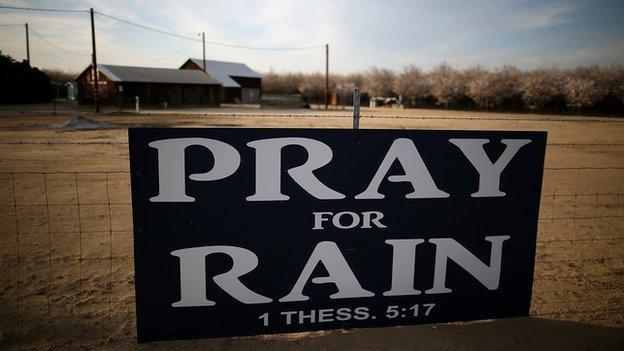US 'at risk of mega-drought future'
- Published
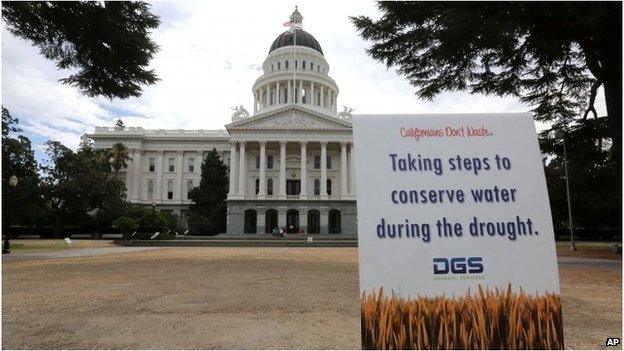
American society would need to find strategies to cope with droughts that lasted decades
The American south-west and central plains could be on course for super-droughts the like of which they have not witnessed in over a 1,000 years.
Places like California are already facing very dry conditions, but these are quite gentle compared with some periods in the 12th and 13th Centuries.
Scientists have now compared these earlier droughts with climate simulations for the coming decades.
The study suggests events unprecedented in the last millennium may lie ahead.
"These mega-droughts during the 1100s and 1200s persisted for 20, 30, 40, 50 years at a time, and they were droughts that no-one in the history of the United States has ever experienced," said Ben Cook from Nasa's Goddard Institute for Space Studies.
"The droughts that people do know about like the 1930s 'dustbowl' or the 1950s drought or even the ongoing drought in California and the Southwest today - these are all naturally occurring droughts that are expected to last only a few years or perhaps a decade. Imagine instead the current California drought going on for another 20 years."
Dr Cook's new study is published in the journal Science Advances, external, and it has been discussed also at the annual meeting of the American Association for the Advancement of Science, external.
There is already broad agreement that the American Southwest and the Central Plains (a broad swathe of land from North Texas to the Dakotas) will dry as a consequence of increasing greenhouse gases in the atmosphere. But Dr Cook's research has tried to focus specifically on the implications for drought.
His team took reconstructions of past climate conditions based on tree ring data - the rings are wider in wetter years - and compared these with 17 climate models, together with different indices used to describe the amount of moisture held in the soils.
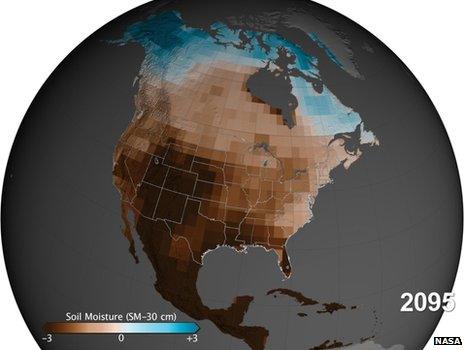
The soils dry because of decreased precipitation but also increased evaporation
The use of the palaeo-information, Dr Cook said, allowed the simulations to capture the full extent of the natural variability that exists in the climate system, giving his team a better feel for what is normal and what is extreme.
And what the group found was clear and consistent: that after 2050, the Southwest and the Central Plains would likely shift to drier conditions that exceeded even the great drought epochs of the so-called "Medieval Climate Anomaly" in the 12th and 13th Centuries.
The cause of the drying was twofold: reduced precipitation - that is, reductions in rainfall and snowfall; but also increased evaporation, driven by higher temperatures, leading to more parched soils.
"In both the Southwest and Central Plains, we're talking about levels of risk of 80% of a 35-year-long drought by the end of the century, if climate change goes unmitigated," said co-author Toby Ault from Cornell University.
"And that's a really important point - we're not necessarily locked into these high levels of mega-drought risk if we take actions to slow the effects of rising greenhouse gases on global temperatures."
Asked to define mega-drought conditions more precisely, Dr Ault used the example of Tucson, Arizona, where precipitation has been at 80% of expected levels since the late 1990s. If that continued for another two decades, it would qualify as mega-drought conditions, he said.
The Cornell researcher told reporters that modern America would certainly be challenged by such aridity, but that strategies could be found to cope.
"The records we have of past mega-droughts are based on tree-ring width estimates, and if you think that through, that's a little bit encouraging because it means the events weren't so bad as to kill off all the trees. I am optimistic that we can cope with the threat of mega-drought in the future because it doesn't mean no water - it just means significantly less water than we're used to having from the 20th Century," Dr Ault explained.
Jonathan.Amos-INTERNET@bbc.co.uk and follow me on Twitter: @BBCAmos, external
- Published19 December 2014
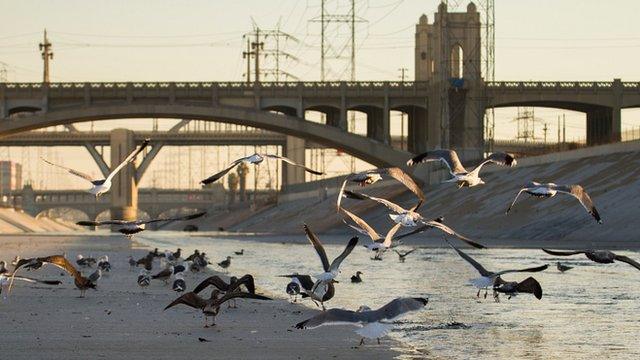
- Published17 December 2014
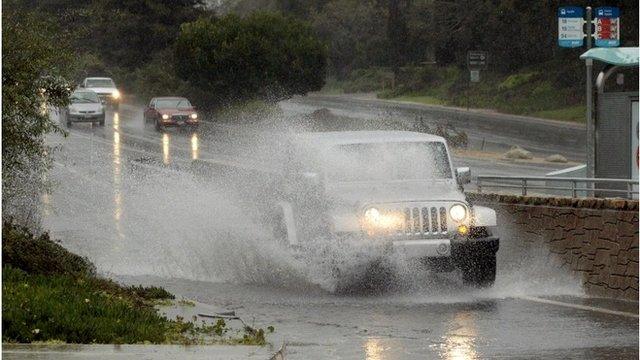
- Published16 November 2014
